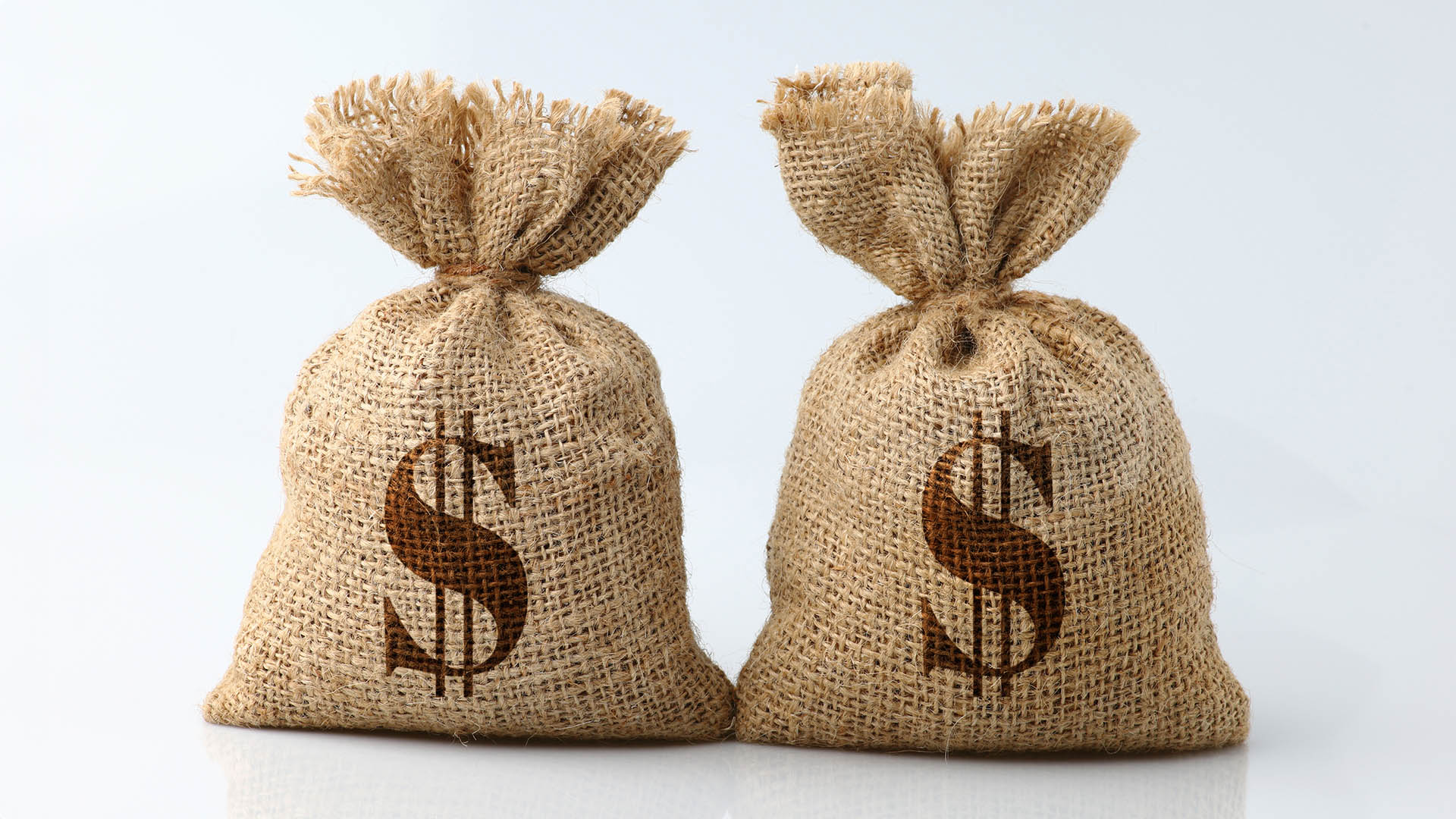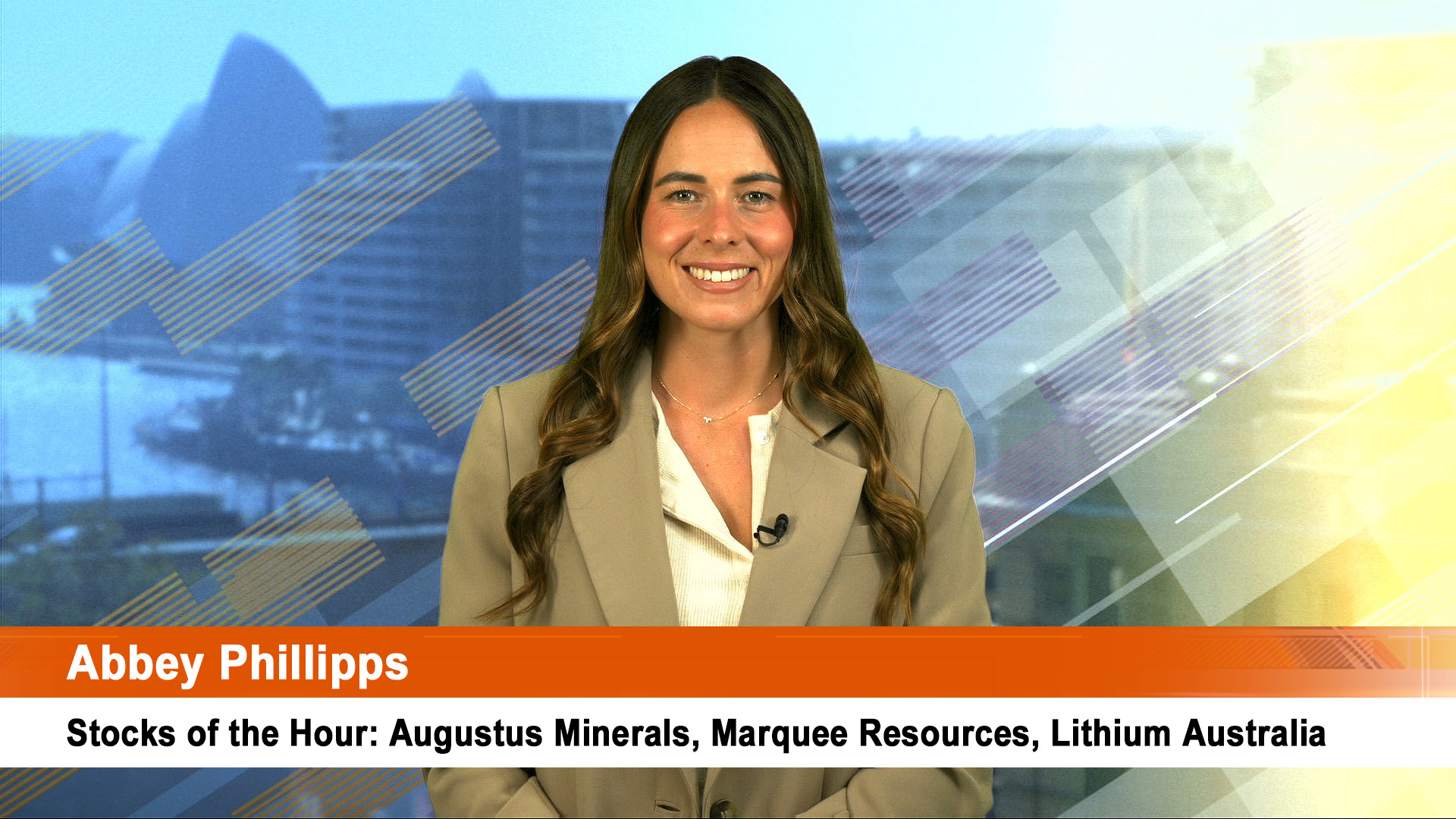Conflicting reports yesterday on the state of health of our two major export customers, China and Japan.
There are signs the slowdown in Chinese manufacturing is continuing, but Japanese exports surged back into surplus, surprising analysts who had been expecting a fourth monthly trade deficit in a row.
HSBC/Markit’s China “flash” manufacturing Purchasing Managers’ Index fell to a 28-month low of 48.9 in July, down from 50.1 in June, the first time it is signalled a contraction since July 2010.
(which didn’t happen)
The preliminary version of the PMI output index also showed further deterioration, dropping to 47.2 in July from 49.8 in June,
The 50-point level in the PMI demarcates expansion from contraction, with a reading above 50 indicating growth.
"We expect industrial growth to decelerate in the coming months as tightening measures continue to filter through," said Qu Hongbin, the chief China economist at HSBC in a statement.
"That said, resilience of consumer spending and continued investment in a massive amount of infrastructure projects should support a nearly 9 per cent rate of gross domestic product growth in the rest of the year," he said.
The reading for June was at odds with the rise in industrial output that month.
China’s industrial output rose 15.1% in June from a year earlier, up from 13.3% in May.
Output of electricity, iron ore, oil, cement, cars and many metals rose in June, despite widespread forecasts of a fall.
The final reading of the survey will be released on August 1, the same day as the official government survey of purchasing managers is released.
On Wednesday, the International Monetary Fund released its report on the Chinese economy and expressed confidence that inflation would improve.
The economy got a tick and was described as a “bright spot” in global growth.
It forecast growth would run at 9.5% this year and next.
But inflation was seen as the continuing problem.
“China’s economy remains on a solid footing, propelled by vigorous domestic and external demand,” the IMF said.
“Wage and employment increases have fueled consumption, the expansion in infrastructure and real estate construction has driven investment upward, and net exports are once again contributing positively to economic growth.
“Consumer price inflation has been a pressing social and economic issue, rising to 5½ percent by end-May.
“However, barring further food price shocks, and assuming the ongoing tightening of monetary policy is continued, inflation should soon peak and begin to decline in the second half of this year.
IMF economists expect inflation to decline in the second half of this year—it rose above 6.4% in June—as the impact of higher food prices eases.

“Barring further food price shocks, and assuming the ongoing tightening of monetary policy is maintained, there was general agreement that inflation should soon peak,” says the report.
“This monetary tightening should rely more on higher interest rates and an appreciation of the exchange rate, and less on credit controls, it suggests.
“In recent years, many China watchers have also been concerned about the threat of a property price bubble in Asia’s largest economy, where the property sector directly makes up 12 percent of GDP.
In the report, IMF economists said they did not see imminent risks of a major downturn in the sector, but they warned that as long as the cost of financing continued to be low, and other investment options remained limited, “the propensity for property bubbles will remain.”
“China’s near-term growth prospects continue to be vigorous and are increasingly self-sustained, underpinned by structural adjustment.
“While inflation is expected to subside reflecting ongoing monetary policy tightening, upside risks remain, in particular from higher food and commodity prices.
“Asset price developments and continued rapid credit growth, coupled with global liquidity conditions, pose policy challenges.”
But the news was more upbeat from Japan where a small surplus was achieved in June as the growth in imports slowed and export volumes continued to recover.
The country’s Finance Minister reported a 70.7 billion yet surplus, down sharply from the massive 670 billion surplus of June 2010

The improvement from May came in response to growth in exports of car exports and processing machinery to Europe and the US, thanks to restored supply chains.
Exports slid 1.6% to 5.77 trillion yen from June last year after falling 10.3% in may from a year earlier.
Imports increased 9.8% to 5.70 trillion yen, after rising 12.3% in May from a year earlier.
For the six months through June, meanwhile, Japan logged a trade deficit 895.5 billion yen, largely due to a decline in exports (and deficits) in April and May in the wake of the Great East Japan Earthquake.
In June, exports of automobiles, which were the hardest hit by the March 11 earthquake disaster, fell 12.5% from a year earlier, a significant improvement from the 38.9% drop in May, -67.0% in April and -27.8% in March.
Exports of mineral fuels jumped 87.0% year on













